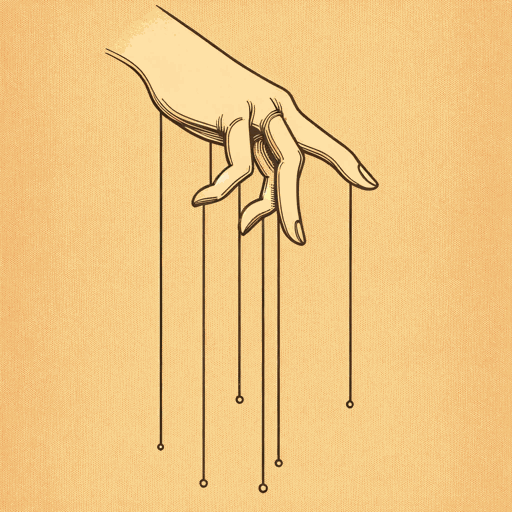60 pages • 2 hours read
Robert B. CialdiniInfluence: The Psychology of Persuasion
Nonfiction | Book | Adult | Published in 1984A modern alternative to SparkNotes and CliffsNotes, SuperSummary offers high-quality Study Guides with detailed chapter summaries and analysis of major themes, characters, and more.
Background
Scientific Context: Behavioral Psychology and Its Methods
As a behavioral psychologist, Cialdini’s methods and his intentions may not be familiar to all readers. Unlike clinical psychologists, who focus on pathology—the emotional and neurological problems of individuals—behavioral psychologists study typical, normal human responses in order to understand how people act in given circumstances. In Cialdini’s case, his goal is to study compliance—what makes people agree to the requests of others.
Readers also may not understand the distinction between the type of scientific research conducted by chemists or physicists in the laboratory and the sort of experiments conducted by Cialdini and other behavioral psychologists in the field. Some elements of scientific research can take place in controlled settings: phlebotomists can take blood samples and test them in the laboratory; nuclear researchers can shoot atomic particles through colliders and study the result. Human behavior, however, cannot be examined under a microscope. It is also the case that not every human being reacts the same in a given situation. Thus, when studying human behavior, researchers create experiments that measure how most people will react in a certain setting.
The results often come in percentages. For example, one of the most clearcut experimental results listed in Influence was the result of an adult telling little boys in a specific way that it was wrong to play with a certain, very attractive toy.

